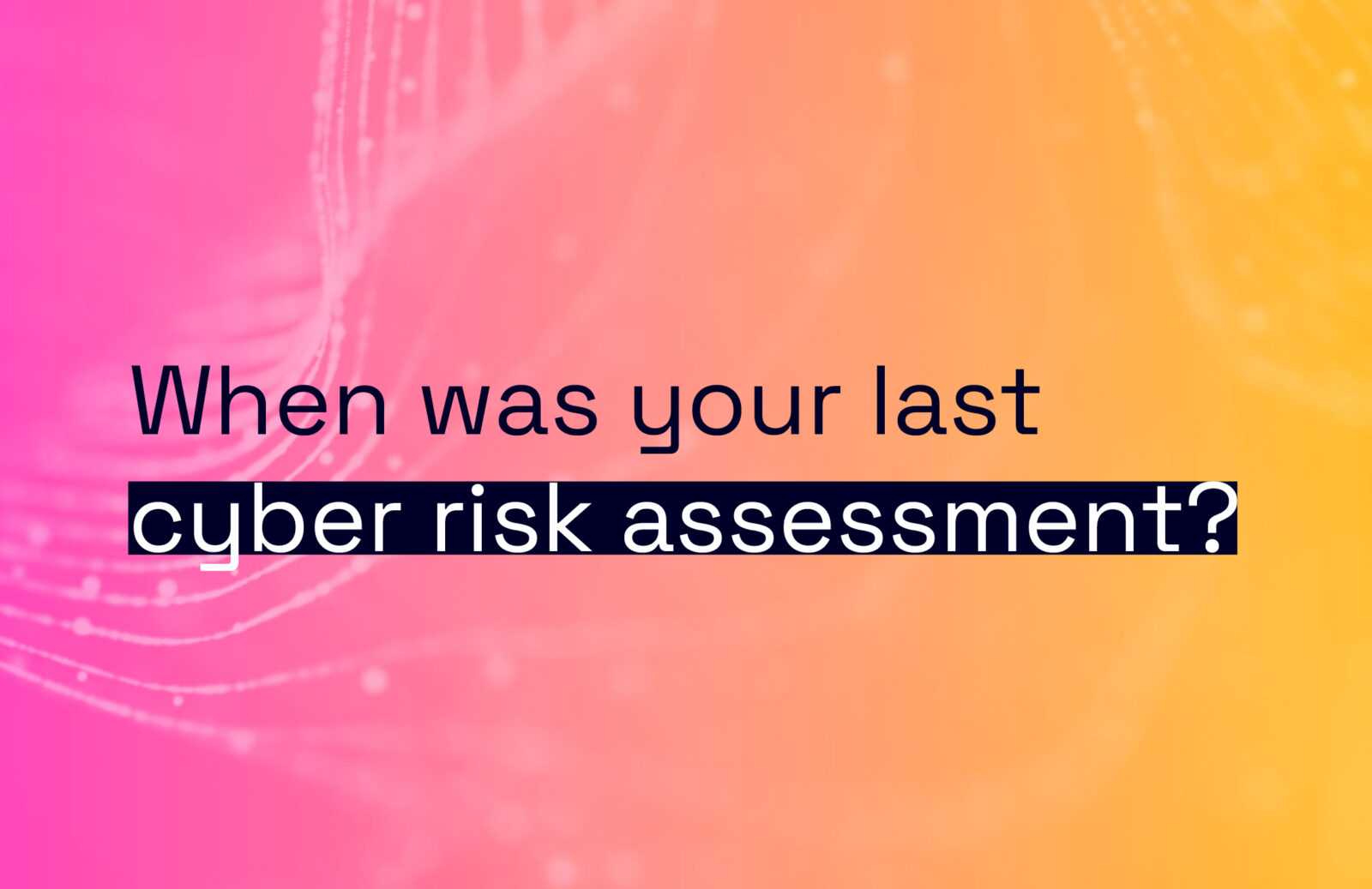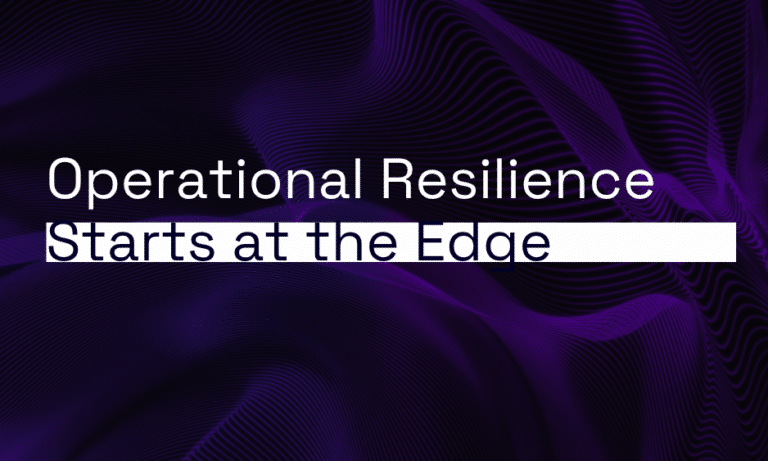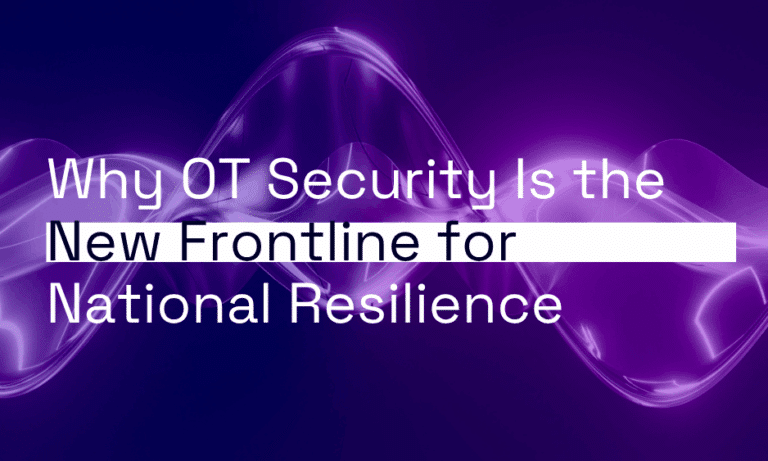To help safeguard against cyber threats, conducting a comprehensive cyber risk assessment is essential. A cyber risk assessment enables organisations to identify vulnerabilities, evaluate threats, assess security controls, review policies and procedures and analyse third-party cyber security risks.
In this article, we will explore each of these critical steps to uncover hidden threats and strengthen cyber security measures.
1. Identify Vulnerabilities
The first step in a cyber risk assessment is to identify vulnerabilities within an organisation’s IT infrastructure. Vulnerabilities can exist in many forms, including unpatched software, weak passwords, misconfigurations and outdated hardware. By using techniques such as vulnerability scanning and penetration testing organisations can uncover these weaknesses and prepare to improve cyber security in these areas.
Vulnerability scanning involves using automated tools to scan networks and systems for known vulnerabilities. Penetration testing simulates real-world cyber attacks to discover weaknesses that might not be obvious through automated vulnerability scans. By identifying any vulnerabilities, organisations can prioritise remediation efforts to fortify their cyber defences.
2. Evaluate Threats
Once vulnerabilities are identified, the next step in a cyber risk assessment is to evaluate potential threats. This involves understanding the likelihood and impact of various cyber attacks that could exploit the weaknesses identified. Threat evaluation includes considering internal and external threats, such as malicious insiders, hackers and even state-sponsored actors.
To assess these threats effectively, organisations should stay updated on the latest cyber threat intelligence and trends. Engaging cyber security experts like Orro and sharing threat information within industry forums can also provide valuable insights. Understanding potential threats empowers organisations to allocate resources efficiently and focus on protecting their most critical assets.
3. Evaluate Security Controls
After assessing vulnerabilities and cyber threats, it is crucial to evaluate the effectiveness of existing security controls. These security controls encompass the systems and processes in place to protect against potential cyber attacks. These may include firewalls, intrusion detection systems, antivirus software, encryption, multi-factor authentication and more.
Organisations must determine whether these security controls adequately address identified cyber risks. Regular security audits and testing can help validate the effectiveness of these measures. Where weaknesses are found, improvements or additional controls may be necessary to enhance the overall security posture.
4. Review Policies and Procedures
Effective cyber security policies and procedures play a significant role in minimising risks. A cyber risk assessment should involve a thorough review of existing policies and procedures to ensure they align with industry best practices and regulatory requirements.
These policies should cover areas such as data protection, access management, incident response and employee training. Regularly updating and communicating these policies to all staff members is essential to foster a security-conscious culture within the organisation.
5. Review Third-Party Risks
Organisations are more connected than ever and are collaborating with numerous third-party vendors and service providers. However, this introduces potential risks where these third parties might have access to sensitive data or critical systems.
Conducting due diligence on third-party vendors is essential to assess their cyber security practices. Organisations should review their security policies, incident response procedures, and compliance with relevant regulations. A contractually binding agreement should outline the cyber security responsibilities of both parties and the consequences of a breach.
Uncovering hidden threats through a comprehensive cyber risk assessment is an essential part of maintaining robust cyber security. By continuing to identify vulnerabilities, evaluating threats, assessing security controls, reviewing policies and procedures and analysing third-party risks, organisations can proactively safeguard their assets and sensitive information.
Conducting regular cyber risk assessments and adapting security strategies to new threats and technologies will ensure a resilient defence against the ever-evolving cyber threat landscape. Remember, cyber security is not a one-time effort but an ongoing commitment to protect the digital ecosystem.
It takes a robust cyber defence to manage emerging cyber threats. Orro can help your organisation prepare a comprehensive cyber security strategy that will help you balance your risk management and cyber security response.
Find out more, here.









